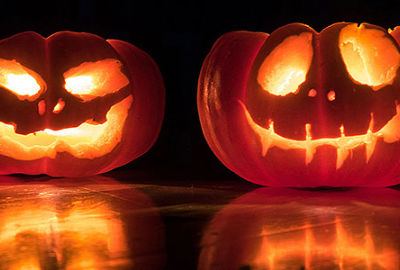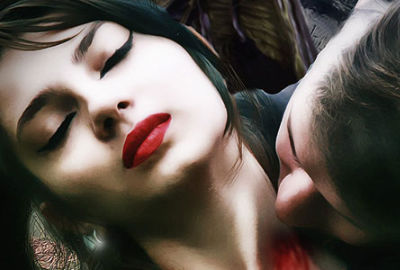 2021-10-07
2021-10-07
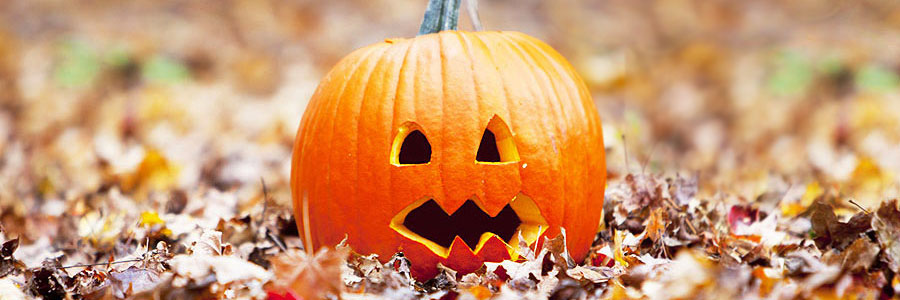
5 Surprising Facts In The History Of Halloween
- ArticlesandContent.com (CIRCA 2005)
- /
- Oct 8, 2021 (written 2005)
The ancient peoples that celebrated Halloween did so to honor the deceased, to mark the coming or winter, to give thanks to all that had been harvested, and to offer prayers for protecting the dead and the new harvests to come.
What do you know about Halloween and the traditions associated with the holiday? You may be surprised by some remarkable facts pertaining to the roots of this yearly celebrated tradition. The ancient peoples that celebrated Halloween did so to honor the deceased, to mark the coming or winter, to give thanks to all that had been harvested, and to offer prayers for protecting the dead and the new harvests to come. It was a time that marked the coming year, the slow diminishment of light, the death of plants, but to also note that from death new life is born. This is much different than the modern day Halloween of children dressing up and collecting candy from family and friends.
Fact #1: Pumpkins were not the first Jack-o’-lantern.
In reality, pumpkins were not the very first thing to be carved and later used as lanterns. While making pumpkins into Jack-o-lanterns has been a long held tradition, the use of pumpkins for carving on Halloween did not become a popular endeavor until the nineteenth and twentieth centuries. The very first carved foods used to celebrate Samhain or All Hallow’s Eve were actually turnips. Once the Irish immigrated to America they soon found out that pumpkins were not only larger, but far easier to carve. In addition to turnips, some Irish people carved Rutabagas or potatoes too. So, the pumpkin was not the only vegetable involved in this celebration.

Fact #2: Halloween is second only to Christmas in terms of consumer spending.
Halloween has become popular over time, so much so that it is second only to Christmas in terms of consumer spending. In fact, more than 2.5 billion dollars are spent on buying decorations, party planning, costumes, and candy on an annual basis. While some people falsely assume that Easter is more popular, statistics reveal that Halloween involves more consumer spending over all. So, Halloween is big business and an economically important holiday around the world.

Fact #3: Some people are actually afraid of Halloween and what it represents.
There are some people that refuse to celebrate the holiday of Halloween because of its pagan roots. Some people believe that since the holiday stems from ancient pagan traditions it really has no place in Christian practices. There are even some people that have a phobia of the holiday; those that suffer from such a phobia are identified as having Samhainophobia or Samhainophobia. The latter condition is marked by symptoms that include, but are not limited to, the onset of heart palpitations, uncontrolled shaking, nausea, dry mouth, excessive sweating, the inability to think clearly, a fear of death, the fear of losing control or of going insane, and a detachment from reality; in many ways, the phobia is much like generalized anxiety disorders. A look at the word Samhainophobia quickly reveals that the disorder’s name has an etymology linked to the word “Samhain,” the ancient holiday celebrated by the Gaulish peoples.

Fact #4: Trick-or-Treating is not only a modern practice.
What is understood today as trick-or-treating is a practice that stems from several different ancient customs. While the commercialization of Halloween may seem like where the idea of trick-or-treating stems, in truth, it is a practice based on ancient traditions practiced by the Celts and ancient Christian peoples. The Celts would leave food and treats out to appease deceased spirits. Later, when Christians celebrated the holiday as All Souls’ Day, the notion of “souling” began where poor people and their children would be offered soul cakes in return for prayers for the deceased. These traditions were later changed into the practice of trick-or-treating as we know it today; the first mention of the practice occurred in the late 1920s in regions of Canada, in both Alberta and Blackie. So, although the modern practice of collecting candy is the most recognizable aspect of Halloween for many, it actually does have its roots in ancient historical practices.
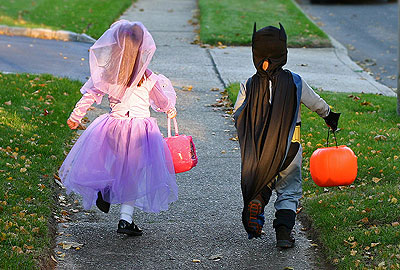
Fact #5: Colors are used to signify the religious connotations or meanings associated with the holiday.
The colors black, brown, green, and orange are associated with the holiday because they are the colors of autumn. Actually, colors were significant to those that practiced Samhain or Halloween. Colors are used to signify the religious connotations or meanings associated with the holiday. The blacks, browns, and greens are associated with the earth. Black is also associated with death and decay, making it an ideal color to associate with a celebration that was performed to honor the dead. Orange is not only a color associated with Autumnal leaves, but it is a color representing endurance and strength as well.
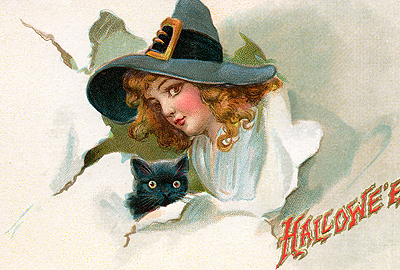
Trick-or-treating may also stem from ancient Irish practices surrounding the Saint Columb Kill Festival. At the time, peasants would go from house to house collecting cheese, apples, butter, eggs, and breadcakes in order to prepare for the festivities. Interestingly, the consumption of fruitcake, a practice now commonly associated with Christmas, was originally linked to Halloween traditions as well; during Halloween some people would eat barnbrack: inside the latter treat one would find a small treat that was meant for the purposes of divination.
Bobbing for Apples is also a custom that is linked to Halloween and ancient practices. When the Celts were conquered by the Romans, the latter peoples added their own religious significance to the Samhain holidays. During that time the peoples worshipped a form of the feminine divine known as the goddess Pomona: a goddess associated with the harvest. She was commonly depicted at a deity with a basket of flowers and fruits; it was believed that the apple was sacred to this goddess. So bobbing for apples became a practice as a result. Part of divinatory practices, if a female bobbed for an apple and then placed the retrieved apple under her pillow; it was believed that she would dream about her future love.


